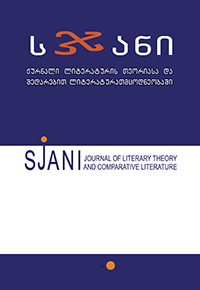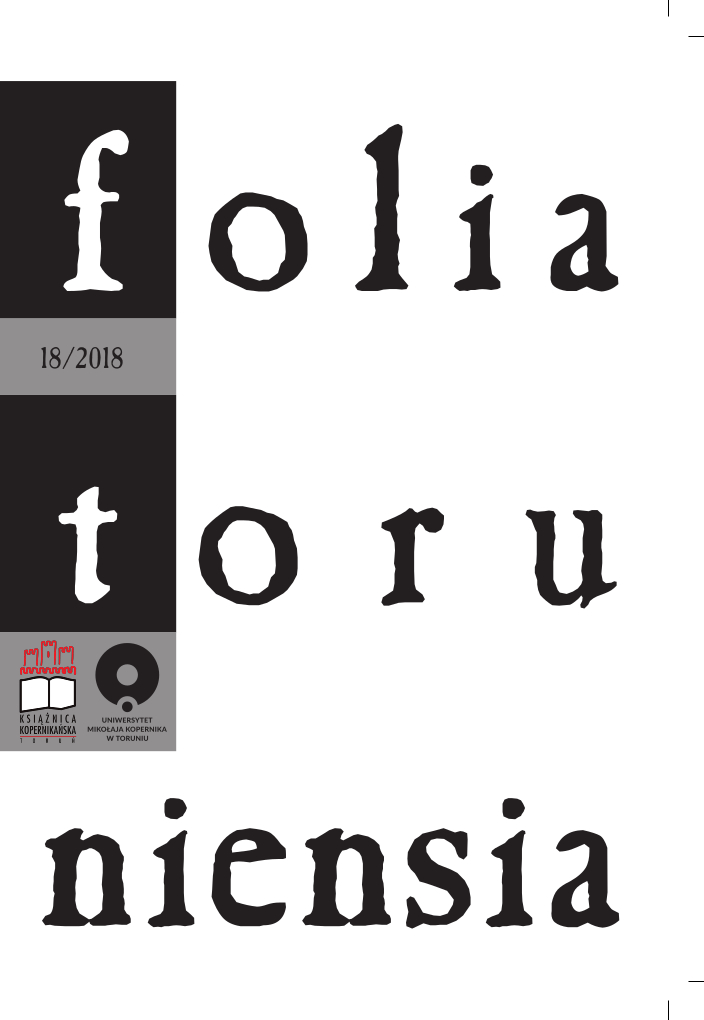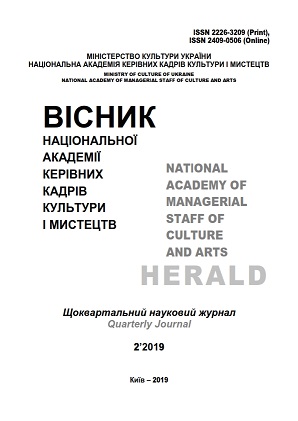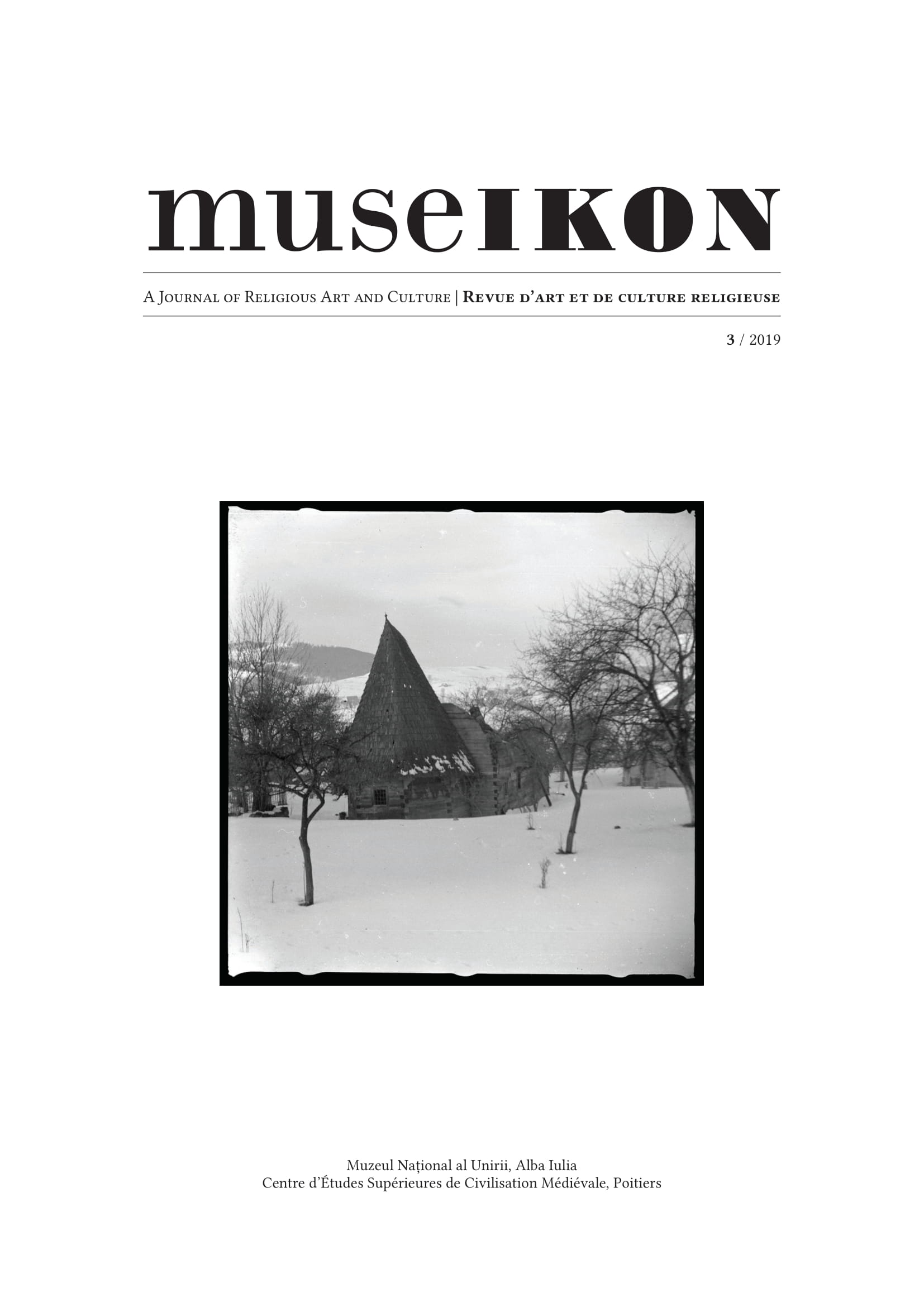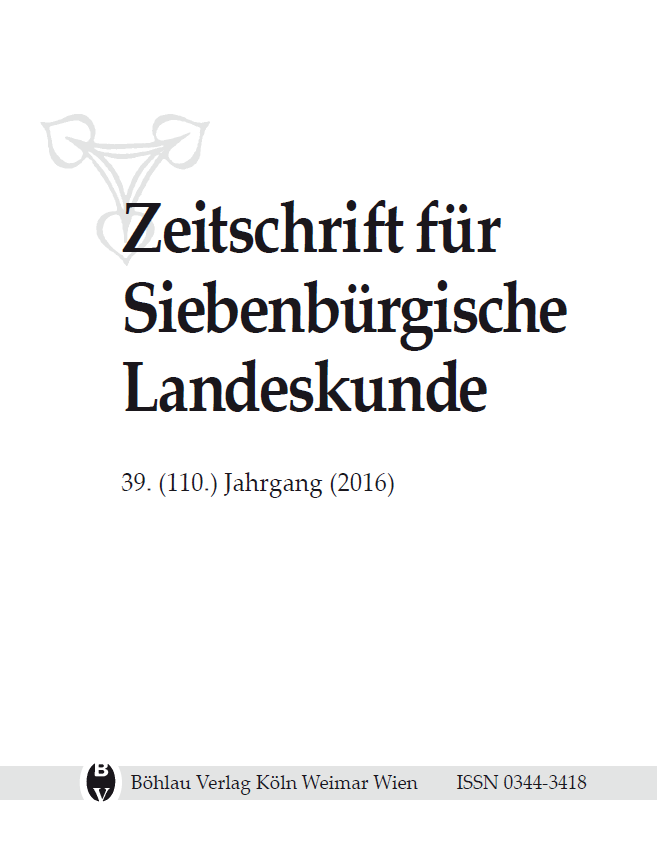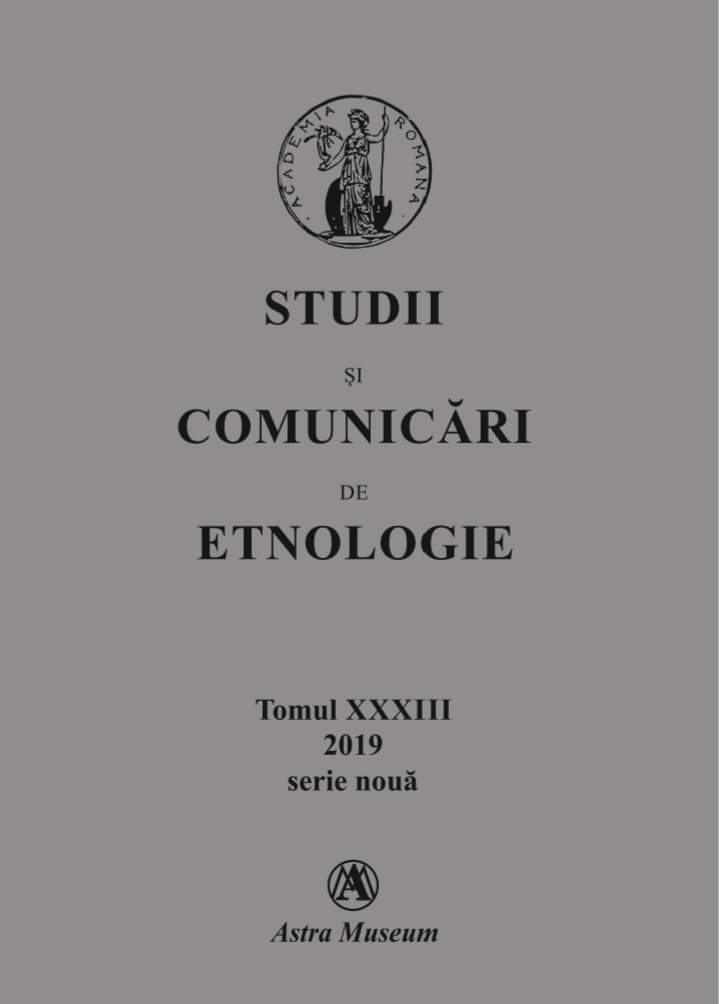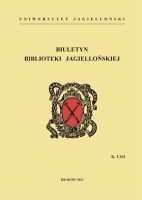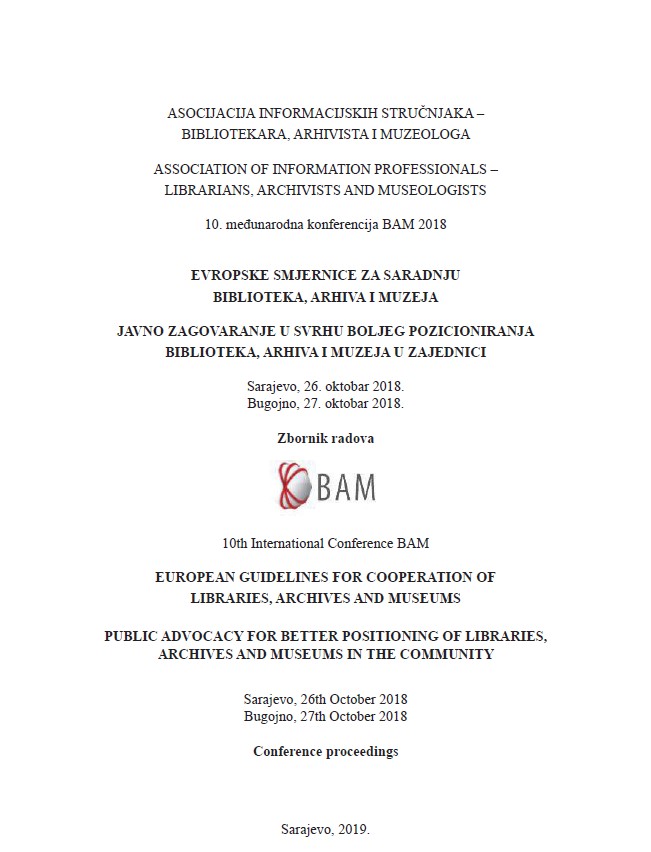Author(s): Gaga Shurgaia / Language(s): Georgian
Issue: 17/2016
Contemporary Libyan prosaist, short story writer and novelist, awardee of numerous literary prizes, one of the best authors of modern Arabic novel, Ibrahim al-Koni is best described by his own words: “I don’t live anymore in the desert but the desert still lives in me”. The breath of desert, its colors are very strong in the writer’s life and works. He feels the heartbeat of the desert, the philosophy of living in the desert, laws of life and death with some sixth sense. The writer offers to the readers of his novels amazingly vivid illustrations of the desert lifestyle that has not changed up to present, the moral code, the laws and philosophy of life and death, the doctrine of classical Sufism in today’s life.Fate, time, fluidity of life, talisman and the destiny of people linked with one another with amazing creative power leads the readers to the miraculous mystic world and makes him think in a new way about all this.BN Ibrahim al-Koni is not the only one who chose desert as the main theme of his literary work. However, the thing for which Ibrahim al-Koni is outstanding among the ones who have perfectly knowledgeable at the rules of the desert, leaves an endless trace on his view as a writer. That natural peace and quiet, which the open space of the desert has that can eliminate any sorrow of a man, can purify the spirit of a person from evil and fill with magical energy; it is the place of running away from reality and shelter in the realm that has not been discovered yet – “lost paradise”, the purity of which is delivered to the reader in an unspoiled manner by the author.This writer, locked in Arabic world like Libya itself, suddenly opened up to the remained world and gained intoxicating success and popularity. What makes Ibrahim al Koni’s “magic realism”, unique manner of his prose and distinguished writer’s idiom?! In the opinion of literary critics, the key to his success is thorough awareness in the desert laws and love and deep knowledge of Sahara and Russian literature.On the example of “Gold Dust”, Ibrahim al-Koni’s famous novel, this article emphasizes, on one hand, adherence to the pre-Islamic literary traditions and equestrian code of honor and on the other – the contrasts, opposing pairs on which this small novel is built. Popularity of the contrasts is clearly seen in thematic collisions and emphasizing of conflicting qualities of the characters.These opposing pairs, with their qualities, underline the main antithesis, these are:spiritual values – worldly values (signs of destiny, craft of fate) and emphasize conceptual difference between them.Death of the main character of the novel, Ukhayad and his sign – dream about himself, locked in the dark house, the nightmare from his childhood, is the Suf metaphor of freeing from the individual’s worldly prison – life and body – and joining the eternity of soul.
More...
